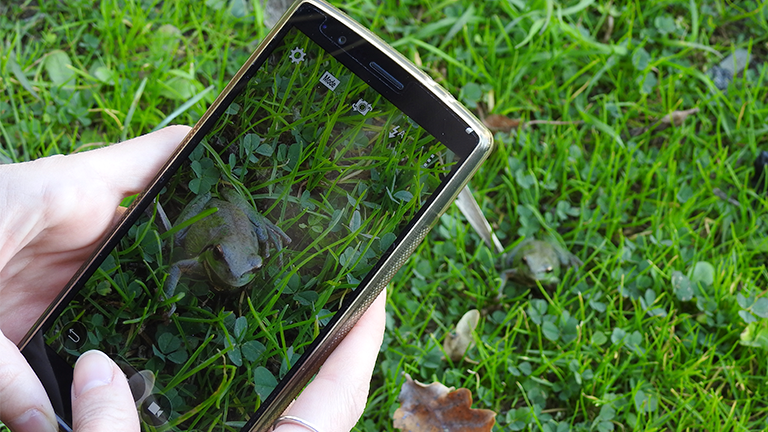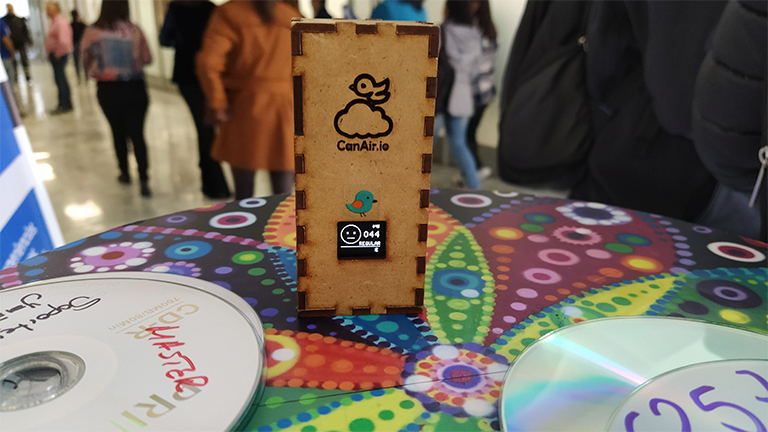Citizen science projects provide an opportunity to learn science, share knowledge, and have fun while positively impacting society; from helping researchers to get a lot of biodiversity and environmental data to influencing environmental policies or monitoring the progress of the Sustainable Development Goals (SDGs) – that aims to achieve a more sustainable future for the planet and the humanity.
The Cos4Cloud project is precisely working to boost the technology of citizen science platforms – known as citizen observatories – to increase citizen scientists’ experiences and engagement, among other things. To do this, the project relies on the participation of nine citizen observatories and ‘Do It Yourself’ initiatives focused on biodiversity and environmental monitoring that, on the one hand, will help to test the services Cos4Cloud is developing, and, on the other hand, will integrate them on their platforms to improve their functionalities.
But what has been achieved by some of these citizen observatories? Why is it essential that you become a citizen scientist? Watch the video to find it out!
Enjoy citizen science with Cos4Cloud this Christmas
Winter holidays can be the perfect time to get involved in citizen science projects; no matter if you spend them in the city or the mountain, you can participate in a wide variety of projects.
Create your own virtual field notebook
Two of the largest European citizen observatories which monitor all kinds of living organisms are Natusfera and iSpot. They are online spaces to register, organize, and share photos of biodiversity. More than this, they provide the opportunity to connect and talk with other nature lovers who can help you identify what you see. Both platforms are aimed at global scope. Currently, Natusfera is available in English, Spanish, Catalan, Galician, Basque, Italian, while iSpot is available in English. iSpot works through a web-app, and Natusfera offers the option of using its mobile app (available for Android) or web-app.

If you live in Sweden, you can also use the Artportalen citizen observatory to report Swedish biodiversity observations.
Collect and share what you smell
Odour pollution can be a sign of more significant environmental problems. In this context, OdourCollect was born five years ago to identify potential odour pollution emitting sources and look for solutions to tackle it. How? By using the best sensor to measure it, the human nose itself. You can participate by downloading the OdourCollect mobile app (available for Android and iOs) and reporting geo-localized observations from any place. The data you send to through the platform will contribute to building a collaborative odour complaint map.
Measure air quality and be aware of what you breathe
CanAirIO is a ‘Do It Yourself’ citizen science initiative to monitor air quality. It measures Particle Material, PM2.5, through mobile and fixed device sensors. You can easily participate by building a CanAirIO device in a few hours. To do it, you do not need previous training in programming or electronics, just a willingness to learn, and the desire to live in a healthy city. Once you have it, you can take it with you and track air quality in any place. With the data collected, you can independently validate the official air-quality numbers and demand better air quality policies.

Guideline to build your own CanAirIO
Webinar – How to build your won CanAirIO device?
Keep an online plant inventory in your pocket
Suppose you are curious about the plants you observe on hikes through the mountains, or walks in the parks, or you want to identify the plants that grow in your garden or home. In that case, Pl@ntNet is a citizen observatory for you, and you only have to download the mobile app (Android and iOs) or use the web-app version, upload and review plant images, and interact with other people. Besides, the Pl@ntNet app helps identify plant species from photographs using visual recognition software, which means that you can send a photo of any plant through their app. It will help you identify the species thanks to artificial intelligence.

Investigate freshwater health
The first step to protecting freshwater and managing freshwater ecosystems is to monitor them better. In this context, FreshWater Watch is a citizen observatory that aims to monitor the quality and health of freshwater worldwide through participatory science and collaborative work. You can contribute to it by gathering this information in your geographical area. Download the Android app or use their web-app, and visit their website for more details.
Two more citizen science initiatives that participate in the Cos4Cloud project are KdUINO and iSPex. Although they are currently inactive, they will be available soon. On the one hand, kDUINO is a ‘Do it Yourself’ citizen science initiative to measure water transparency. With it, you can build your buoy with sensors and put it in the sea to collect data on water transparency, which is a basic physical pollution indicator. On the other hand, ISPex, a citizen science platform to measure aerosols and watercolor through a mobile app and a small optical add-on containing a spectrometer and a polarized, aims to measure air and water pollution. It is under development and will be fully operational during 2021

















